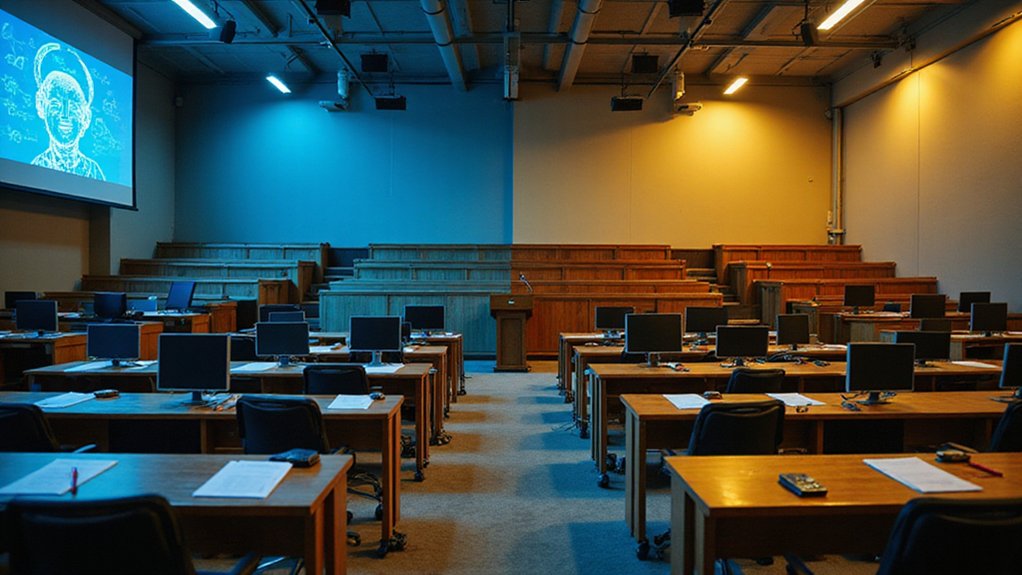Academics using AI should connect tools to educational goals while maintaining integrity. Schools now promote AI literacy and privacy protection across all grade levels. AI can help generate ideas, summarize literature, and analyze large datasets, but it often produces biased content and lacks context understanding. Best practices include verifying AI content with reliable sources and being transparent about its use. The guidance emphasizes that AI should complement human expertise rather than replace it.
As artificial intelligence continues to transform education, universities and schools are developing extensive guidance for the academic community. These guidelines aim to define responsible AI use in academic settings, covering educational, administrative, and operational applications. They apply to all students, staff, and third parties who interact with AI technologies at these institutions.
The key principles focus on connecting AI use to educational goals while maintaining academic integrity. Schools are promoting AI literacy across all grade levels and ensuring proper data privacy measures. Human oversight remains essential when using these tools. Regular testing of academic AI applications ensures they continue to serve their intended educational purposes.
Educational AI must serve learning goals while preserving integrity, promoting literacy, and maintaining human supervision.
AI offers many opportunities for academic research. Researchers can use AI to generate ideas, summarize literature, analyze large datasets, and create concept maps showing connections between studies. Tools like Litmaps can help researchers visualize relationships between studies in a more intuitive way. It can also help format references, though experts recommend manual verification.
For writing and editing, AI tools can create outlines, provide grammar feedback, generate summaries, and assist with proofreading. They’re useful for organizing thoughts and maintaining style consistency across documents.
Despite these benefits, AI has important limitations. AI systems may produce biased content, create inaccurate information, or raise plagiarism concerns. Privacy issues emerge when researchers input sensitive data into these platforms. AI also struggles with understanding context and audience needs. AI lacks independent thought and only generates responses based on patterns in its training data without true self-awareness.
Institutions recommend several best practices. Users should verify AI-generated content with reliable sources, disclose AI use transparently, and develop skills to critically evaluate outputs. AI should supplement human expertise, not replace it.
To support proper AI use, schools are providing training, dedicated AI platforms, clear guidelines, and support systems. Many institutions are partnering with librarians and AI experts to develop ongoing guidance.
As AI technology rapidly evolves, academic policies must regularly update to address new capabilities and challenges. The goal remains balancing innovation with maintaining academic standards and critical thinking skills.









